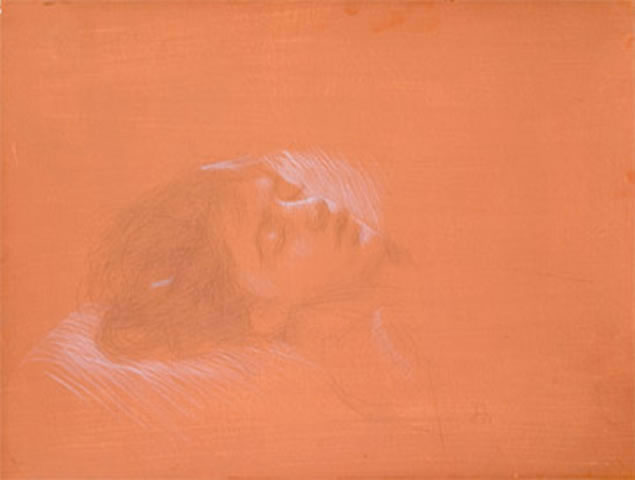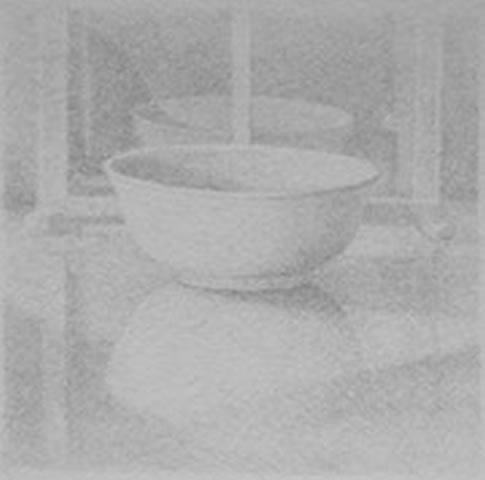On the eve of Christmas celebrations, I was delighted to receive my copy of the hardcover and beautifully presented catalogue of the Silverpoint Exhibitionat The National Arts Club in which my work was included. Looking through it, savouring of all the images of the drawings, I could not help thinking of a quote I had seen from Robert Henri: "All real works of art look as though they were done in joy."
Many of the silverpoints included in the exhibition were indeed drawn in joy, it seemed. Tender, loving joy in the case of Maddie Asleep by Ephraim Rubenstein, for example.
Joy of careful, sensitive observation and quiet in this drawing:
Joy of form and line in this highly polished self-portrait, by Lauren Amalia Redding.
Joy of honest scrutiny and realism in this portrait.
Joy of quiet stillness and creative attention in the still life drawings of Jeffrey Lewis and Tom Mazzullo.
Considering that a silverpoint drawing is a demanding, distinctly inflexible affair, it is remarkable how many of the drawings that were selected in the National Arts Club exhibition are fluid, assured works that speak of a clear objective, reached with practised lines that sing. Line built up on line, exploring, pushing out from the previous notation to record what the eye, the head, the heart and the hand all perceive. Many of us artists, when we talk of drawing in silver, mention this meditative aspect of the medium. And in that quietness and, often, solitude, there is deep joy, as the subtle lines weave a web of timelessness.
Curator and participating artist, Sherry Camhy, also included a fascinating conversation with Dr. Bruce Weber in the Silverpoint Exhibition book. Dr. Weber had put silverpoint back on the art world map in the United States in 1985 when he curated The Fine Line at the Norton Museum of Art in Palm Beach, Florida. He talked with Sherry of the integrity of drawings done in silver, emphasising the importance of being true unto the medium. Gerhard Richter talked of this same aspect of art: "I believe that art has a kind of rightness, as in music, when we hear whether or not a note is false."
Sherry Camhy selected silverpoint drawings that ring true, that speak of joy in execution. They are drawings of many diverse subjects, approaches and contexts, but they form a shimmering song to the discipline of draughtsmanship.





